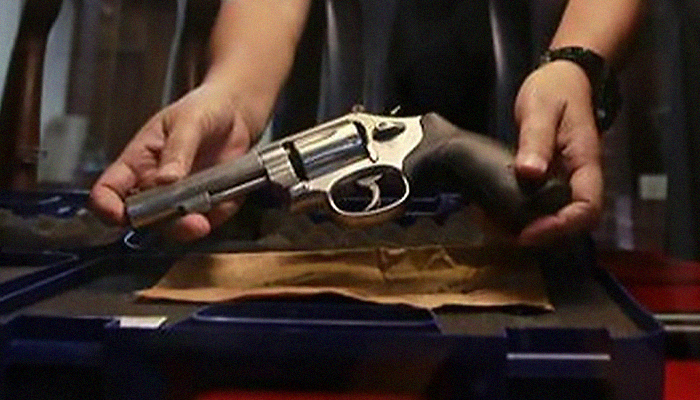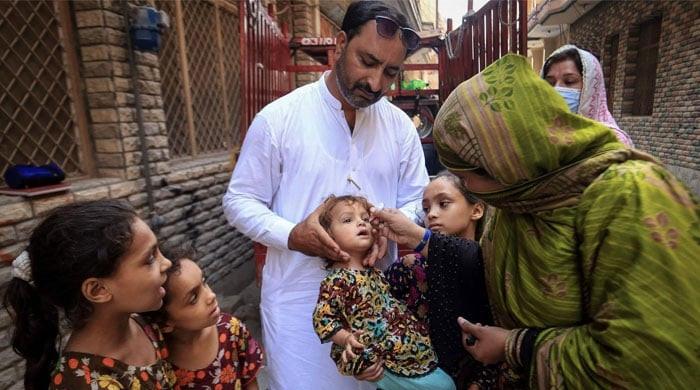Higher blood pressure may be caused by rise in crime
Living in high-crime areas linked to higher rates of cardiovascular risk factors like high blood pressure, diabetes, and smoking
September 19, 2019

Higher blood pressure may be caused by a rise in crime as people living in communities are more likely than those in safer neighbourhoods to develop heart diseases, a new study suggests.
In the American Journal of Hypertension study, researchers note that living in high-crime areas has long been linked to higher rates of heart disease and cardiovascular risk factors like high blood pressure, diabetes, and smoking.
However, studies to date haven’t offered a clear picture of what happens when crime rates change over time. “Our study demonstrates for the first time that rising violent crime rates are associated with an increase in patients’ blood pressure and healthcare system usage over time,” said Dr Corey Tabit, a cardiology researcher at the University of Chicago and the study’s senior author.
Tracking shifts in blood pressure for 17,783 adults in Chicago from 2014 to 2016, a period when crime surged in some communities, researchers calculated violent crime rates in each community by looking at the number of incidents per year for every 1,000 people in a census tract.
At the start of the study, half of the census tracts had violent crime rates of at least 41.3 incidents for every 1,000 residents. Over the three-year study period, crime rates rose in some places by as much as 59.1 incidents a year per 1,000 people and dropped by as much as 31.1 per 1,000 in other parts of the city.
Overall, each increase of 20 incidents/1,000 in violent crime rates in the city was associated with three percent higher odds of having blood pressure that was elevated above 140/90 mmHg, which is just above the range considered healthy. Each 20-unit increase was also linked to six percent higher odds of having a hospital admission for cardiovascular problems.
In a statement Tabit emailed, he said: “Interestingly, a larger increase in blood pressure was observed in people living in lower-crime areas than in people living in higher-crime areas.
“This finding may suggest that people with chronically high exposure to crime may become accustomed to the conditions in their neighbourhood which may insulate them from the negative effects of further increases in crime.”
A 20-unit increase in the violent crime rate was associated in communities where violent crime surged during the study period with eight percent lower odds of elevated blood pressure.
In safer neighbourhoods, on the other hand, a 20-unit increase in citywide violent crime rates was associated with five percent higher odds of elevated blood pressure.
The study wasn’t designed to determine how shifts in crime rates might directly impact blood pressure. Plus, the researchers did not examine crime exposure at the individual level to see if experiencing violence had a different impact on blood pressure than simply living in a high-crime or low-crime area.
In this regard, Tabit added: “It is not yet known if the increased risk faced by people who live in high-crime communities can be mitigated medically or behaviourally.”
Regardless, all people should still be encouraged to live a heart-healthy lifestyle by doing things such as avoiding tobacco and getting at least 150 minutes of moderate-intensity exercise or 75 minutes of vigorous exercise each week, Tabit advised.
“Similarly, eating a balanced diet low in saturated fats and high in vegetables is a good way to maintain heart health for most people, although specific dietary needs also vary and patients should discuss their unique needs with their doctors,” Tabit added.









